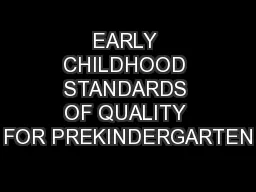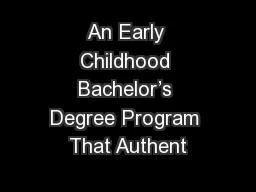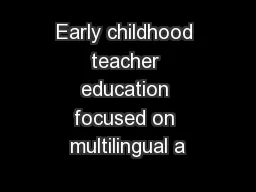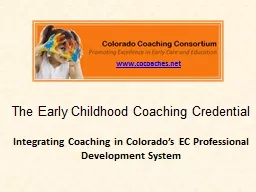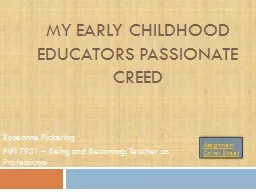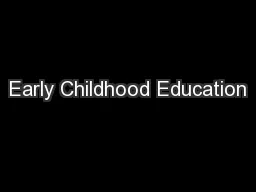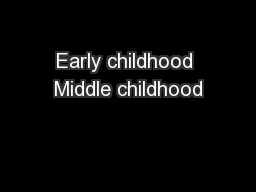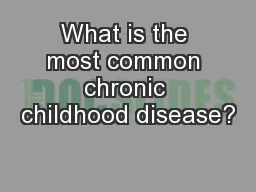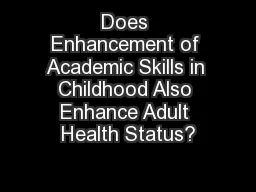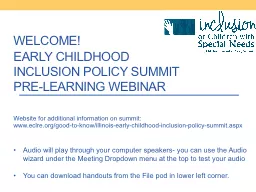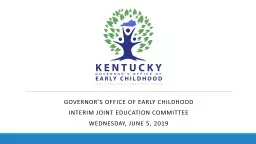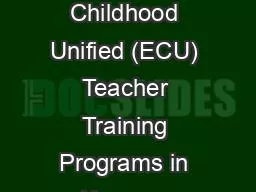PDF-EARLY CHILDHOOD STANDARDS OF QUALITY FOR PREKINDERGARTEN
Author : alexa-scheidler | Published Date : 2016-05-06
Michigan146s Great Start Michigan State Board of Education Initially approved March 8 2005 Revised March 12 2013 Early Childhood Standards of Qualityfor Prekindergarten
Presentation Embed Code
Download Presentation
Download Presentation The PPT/PDF document "EARLY CHILDHOOD STANDARDS OF QUALITY FOR..." is the property of its rightful owner. Permission is granted to download and print the materials on this website for personal, non-commercial use only, and to display it on your personal computer provided you do not modify the materials and that you retain all copyright notices contained in the materials. By downloading content from our website, you accept the terms of this agreement.
EARLY CHILDHOOD STANDARDS OF QUALITY FOR PREKINDERGARTEN: Transcript
Download Rules Of Document
"EARLY CHILDHOOD STANDARDS OF QUALITY FOR PREKINDERGARTEN"The content belongs to its owner. You may download and print it for personal use, without modification, and keep all copyright notices. By downloading, you agree to these terms.
Related Documents

